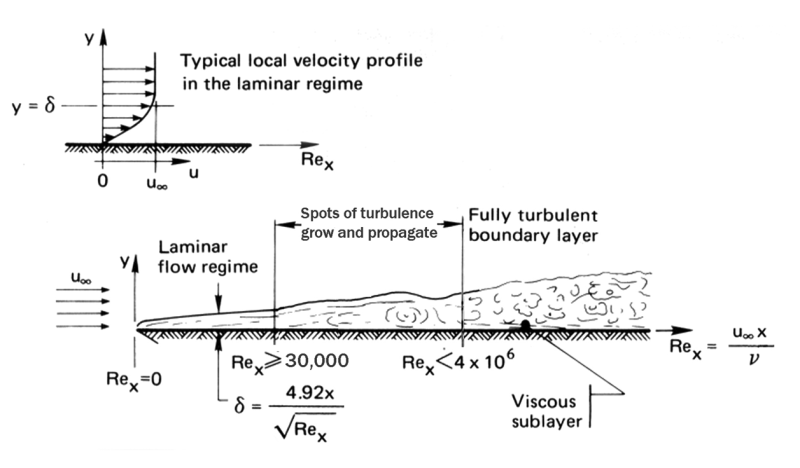Of Sharks and Speed
Today, we touch a shark. The University of Houston's College of Engineering presents this series about the machines that make our civilization run, and the people whose ingenuity created them.
Last fall, I was snorkeling on Belize's barrier reef, and I had the rare opportunity to pet a shark. I still remember its skin with its fine sandpapery texture. The structure of the shark’s skin is made up of tooth-like elements and of tiny grooves running parallel with its body. The grooves somehow mute the development of turbulence in the water that’s being dragged by the moving shark.
The water that a boat or a fish or a swimmer drags with it is one of the major reasons it takes so much energy to move through water. A dolphin also has a special skin. It's soft and compliant. It yields to your touch.
People who can do the mathematics of fluid flow, struggle to describe the action of either a shark's or a dolphin's skin. If they ever manage to do so accurately, they might be able to create artificial skins for ships -- skins that would save an enormous amount of energy and greatly reduce fuel consumption.
The skin of either beast affects what we call the boundary layer. That's the region of water, near the moving object, that's dragged along with it. On a minnow, that layer might stay under a millimeter thick. On a large tanker, the boundary layer might be fifty feet thick or more near the stern.
As more and more water is dragged along, it starts tumbling in eddies and vortices. It becomes turbulent. When that happens, drag greatly increases. Neither the shark's, nor the dolphin's, skin prevents turbulence from taking place. But it somehow mutes its effect. Just how, is very hard to say, because the mathematics of turbulence is terribly complex. And the problem gets worse because the hull of fish, unlike the hull of a ship, flexes as it swims.
There's so much to understand before we'll have effective coatings for ships. America's Cup contenders have tried coating their boats, but the results have been uncertain.
So we look for other ways of undoing the drag upon the hull of a ship or a boat. Maybe we can find a way to keep liquid from adhering to the hull. Then there'd be no boundary layer.
Liquid sticks to anything immersed in it. But, if we could insert a layer of air between the water and the hull then the ship would be dragging air, and air exerts far less drag than water. That may sound crazy, but now several organizations are experimenting with air bubbles pumped into the water next to ships.
The hope is that we'd get a huge savings in the energy used to drive propellers, at a much smaller cost in energy driving air pumps. But like artificial sharkskin, it's harder to design than you might think. One variation is actually being used in speedboats. A step, partway back on the hull, creates a long bubble along much of its length. That bubble entirely breaks contact with the water.
Well we're getting there, but I remember the Cheshire cat stare of that Belizian shark. I felt as though he was reminding me that I was only a visitor in a domain, which, so far, was still his.
I'm John Lienhard, at the University of Houston, where we're interested in the way inventive minds work.
For a major article on the state of fluid mechanical research on the role of skin in swimming speed reduction, see, E. F. Fish and G. V. Lauder, Passive and Active Flow Control by Swimming Fishes and Mammals. Annual Review of Fluid Mechanics, Vol. 38, 2006, pp. 193-224.
And here's a recent article on air injection as a means of drag reduction. T. Thwaites, Ocean Flyer. New Scientist, Feb. 19-24, 2006, pp. 49.
I am grateful to Ralph Metcalfe, UH Mech. Engr. Dept, for his counsel.

Schematic sketch of the structure of a boundary layer
Source: A Heat Transfer Textbook, pg. 275.